There are various types of dizziness, including rotational, floating, torsional and fainting attacks.
Among these, if you experience the triplet of sudden intense dizziness, headache, and vomiting, you should have your brain checked to see if there are any abnormalities, as this can be dangerous. However, in many cases, it is benign paroxysmal positional vertigo (BPPV), which occurs when there is a problem with the sense of balance in the “semicircular canals” and “otolith organs” in the inner ear, and is caused by stress or lifestyle habits. It is particularly common in women, and is thought to occur when otoliths become more likely to come off due to a decline in female hormones.
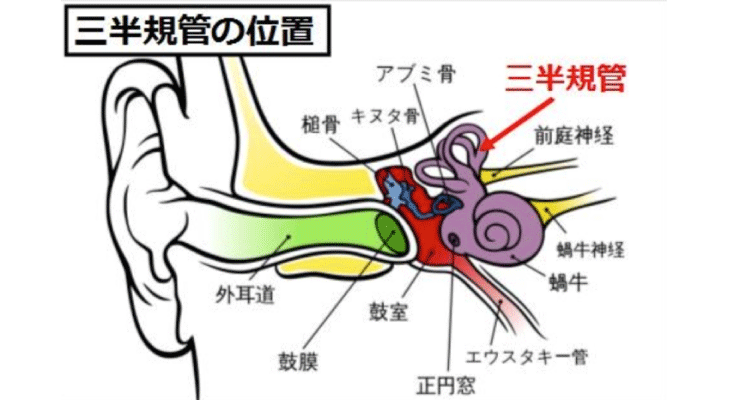
In addition, in cases of dizziness accompanied by tinnitus and hearing loss, Meniere’s disease, which is caused by lymphatic fluid building up in the inner ear, is also well known. It is common in people in their 30s to 50s, and is said to be largely influenced by lifestyle habits and stress.
There are many different ways to classify vertigo, but here we will discuss it in terms of central vertigo, which occurs as a result of aftereffects of cerebrovascular disease, and peripheral vertigo, which is caused by problems with the inner ear.
Central dizziness is caused by problems in the brainstem or cerebellum, so in addition to the dizziness symptoms, symptoms such as “tongue tangles,” “feeling dizzy even with eyes open,” and “dizziness that persists even when changing head position” are seen. On the other hand, peripheral dizziness is caused by problems with the inner ear structure, and symptoms such as “rotational spinning dizziness,” “dizziness accompanied by ear symptoms such as hearing loss,” and “dizziness that changes with changing head position” are seen.
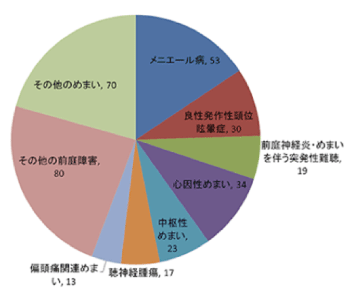
In the case of central dizziness, it is differentiated by symptoms other than dizziness as described above, but in the case of peripheral dizziness, the diagnosis and treatment vary depending on the site of the disorder.
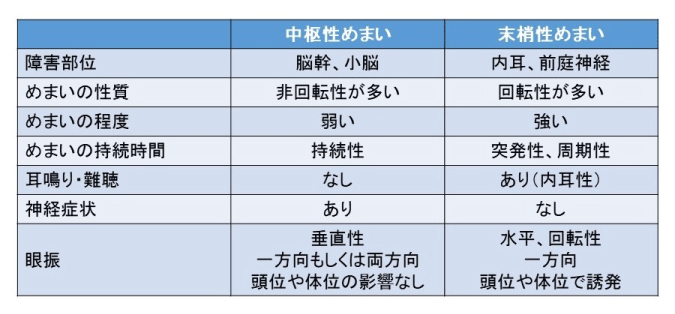
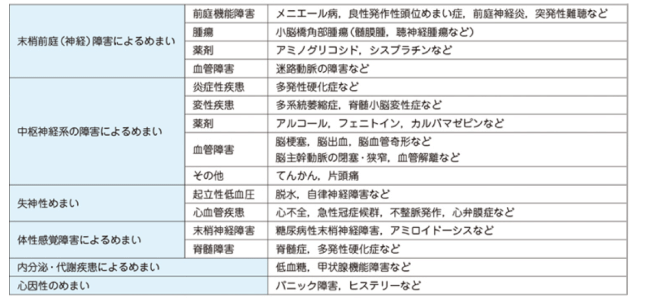
Mostly drug therapy
Treatment is performed on acupressure points and reaction points around the ears to improve circulation in the inner ear and brain (focusing on improving circulation in the vertebral artery and the internal and external carotid arteries).
[Prescription example]
Around the ears: Wariu (He Liao), Kanko (Wanko), Atama Kyoin (Atama Kyoin), Eifu (Eifu)
Back of neck: Fengchi
Shoulder and back: Shoulder
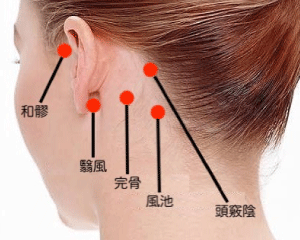
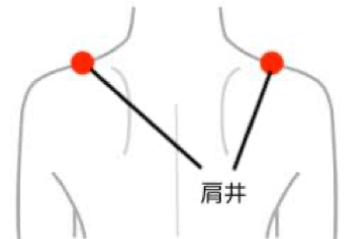
In traditional Chinese medicine, dizziness is said to be caused by the following: 1. Excessive liver yang due to anger or stress 2. Cloudy phlegm due to poor diet or dampness 3. Deficiency of both qi and blood due to weakness of the spleen and stomach, chronic diseases, excessive bleeding, etc. 4. Kidney essence deficiency due to aging or sexual practices
There has been an increase in vague symptoms (※1) due to the COVID-19 vaccination campaign and increased physical tension caused by wearing masks.
(※1) A condition in which, even after undergoing medical examinations and tests, no clear disease can be identified and the patient complains of a variety of symptoms.
Especially when wearing a mask, breathing through the mouth causes constant muscle tension in the sternocleidomastoid muscle. When this muscle becomes tense, fatigue accumulates and blood circulation becomes poor. When blood circulation is impaired, fatigue substances accumulate, causing pain and numbness. In addition, the parasympathetic nervous system becomes less active, which also affects autonomic nervous system imbalance.

If the sternocleidomastoid muscle is constantly under high tension, it can cause compression of the underlying carotid artery.
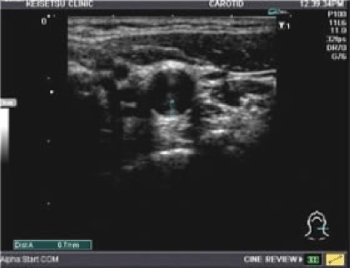
When the carotid artery is constricted, blood flow to the cerebrum and auditory organs becomes less smooth.
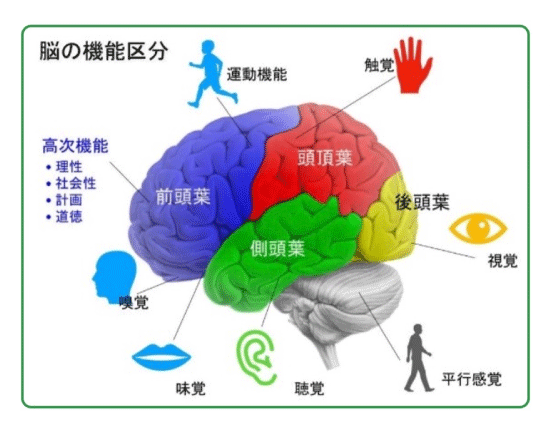
Each part of the brain is subdivided into various regions, each with a different function. For example, the cerebral cortex is subdivided into 52 regions based on differences in cytoarchitecture. Such functional localization exists throughout the central nervous system, and in the spinal cord, each segment has a somatic localization that has somatosensory and motor functions for the hands and feet. If the supply of oxygen to the brain is reduced, nutrients to each cell will be impeded, which may lead to a decline in function.
At Medical Japan, we work to improve patients’ dizziness by using programs including ultrasound, ultrasound medical equipment, manual therapy, and rehabilitation exercises.
The values obtained using ultrasound are indicators for medical treatment. By comparing the values with the original values, more accurate treatment is possible.
The neck is a complex web of muscles and nerves, and large blood vessels that send nutrients to the brain pass through it. By performing breathing exercises and correcting posture, we aim to increase the range of motion and improve flexibility. In order to achieve early improvement, we provide individual counseling, customized treatments, and made-to-order treatments.
Ultrasound is applied to pinpoint areas with either a non-thermal or thermal effect.
Ultrasound → Deep heat increases blood flow to the spinal artery and arterial plexus.
In addition, by using a combined high-frequency and ultrasound therapy device (Astron), we can expect the effects of relieving muscle tension and suppressing the transmission of pain with high frequency.
When caring for yourself at home, it is important to follow these precautions:
*Changes in effectiveness: If pain increases or new symptoms appear, stop immediately and consult a medical professional.
Take your time: It’s important to take your time. If you rush it, your muscles won’t relax properly and you won’t get the benefits.
*Moderate intensity: Care that is too intense may damage muscles. If you feel pain, reduce the intensity or stop.

Balance is not only a problem of muscles and bones, but a tense body also makes breathing shallow, lowers the metabolism of the whole body, and is said to be the cause of vague symptoms and incurable diseases. We will teach you easy exercises that you can do at home.
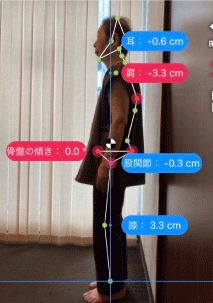
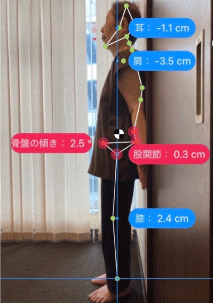
The symptom of dizziness alone is painful. This leads to a vicious cycle of decreased motivation, which reduces quality of life and increases various risks.
As a specialist, I would like to do my best to help you live a healthy and fulfilling life in both body and mind. If you have any concerns, please feel free to contact me.
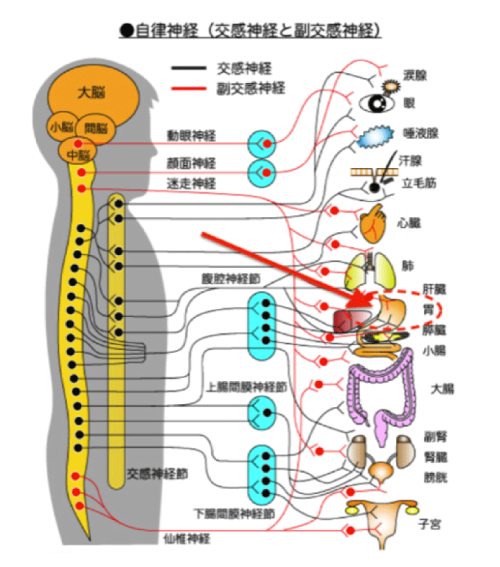
© Copyright (C) All Rights Reserved..